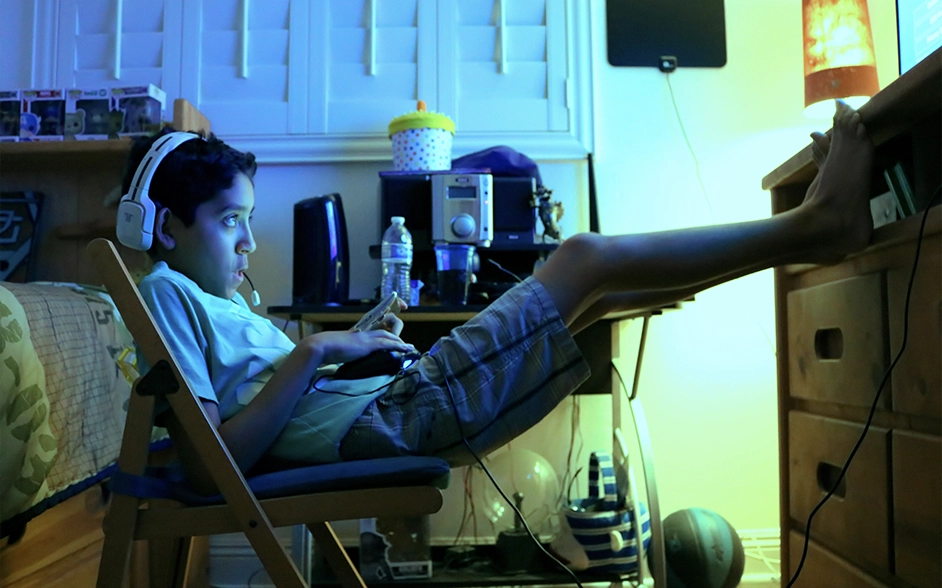- Mumbai, New Delhi, Bangalore
- (+91) 81518 30000
- WhatsApp Now
- contact@vedawellnessworld.com
Gaming addiction is a growing concern around the world and in India too. While video games can be a fun escape or even a way to connect with friends, for some people, it becomes a serious problem. This blog explores which age groups are most vulnerable to gaming addiction, why it happens, what the warning signs are, and when and how to seek help. Whether you’re a concerned parent, friend, or someone who’s worried about your own habits, this article breaks it down simply.
Gaming has become a massive part of our daily lives. From smartphone games like Candy Crush to immersive console games like Call of Duty or PUBG, everyone from kids to grown-ups play. But how much is too much and when do we realize that it has become a problem?
The World Health Organization (WHO) has officially recognized “gaming disorder” as a mental health condition. And just like other forms of addiction, it can affect mental health, relationships, physical health, and daily functioning.
Let’s break it down, age by age.
Why are they at risk?
At this age, kids are highly impressionable. Bright visuals, rewards, and fun music in games keep them glued to the screen. Games like Minecraft or Roblox are hugely popular with this group.
Red Flags:
Long-Term Impact:
Parental Tip: Set clear boundaries. Install screen timers and encourage hobbies that don’t involve screens.
Why are they at risk?
This is the most vulnerable age group for gaming addiction. Teens often turn to gaming to escape academic stress, family conflicts, or even depression. Games like Fortnite, PUBG, Valorant, and FIFA are common obsessions.
Red Flags:
Long-Term Impact:
Gaming also activates the reward center of the brain, making it harder for teens to enjoy non-digital activities.
Why are they at risk?
This group often flies under the radar. Since they’re technically adults, no one questions their gaming habits. But many young adults spend 6 to 10 hours a day gaming, affecting jobs, studies, and relationships.
Red Flags:
Long-Term Impact:
Though rare, gaming addiction can affect adults too especially those who are:
Games become a coping mechanism, especially for those dealing with loneliness or trauma. Some adults develop online gaming friendships and may get addicted to virtual escapes like MMORPGs or simulation games.
In simple terms:
But the most dangerous addiction is often the one that goes unnoticed.
While gaming is not harmful in itself, too much gaming rewires the brain. It affects:
Gaming addiction is often linked to:
It can become a cycle: play to escape stress leading to fall behind in life causing more stress which causes to play more.
Here are a few simple questions to ask:
Yes. Like any addiction, gaming disorder can be treated with:
In India, there are now specialized treatment centres that understand modern behavioral addictions like gaming.
If you or someone you know is struggling with gaming addiction, there is help available at
Veda Rehabilitation and Wellness, which is a reputed luxury mental health center with locations in Mumbai, Bangalore, and Delhi. They have treated both teens and adults for gaming and other behavioural addictions. With a mix of:
Veda’s team ensures a holistic recovery, not just for the person addicted but for the family as well.
Key takeaways
Yes. The WHO has classified “Gaming Disorder” as a mental health condition.
Absolutely. While less common, adults can get addicted, especially if they use gaming as a stress escape.
More than 2–3 hours daily, especially if it disrupts your normal life (sleep, school, work), could be a red flag.
CBT (Cognitive Behavioral Therapy), family therapy and supervised digital detox programs have shown great success.
